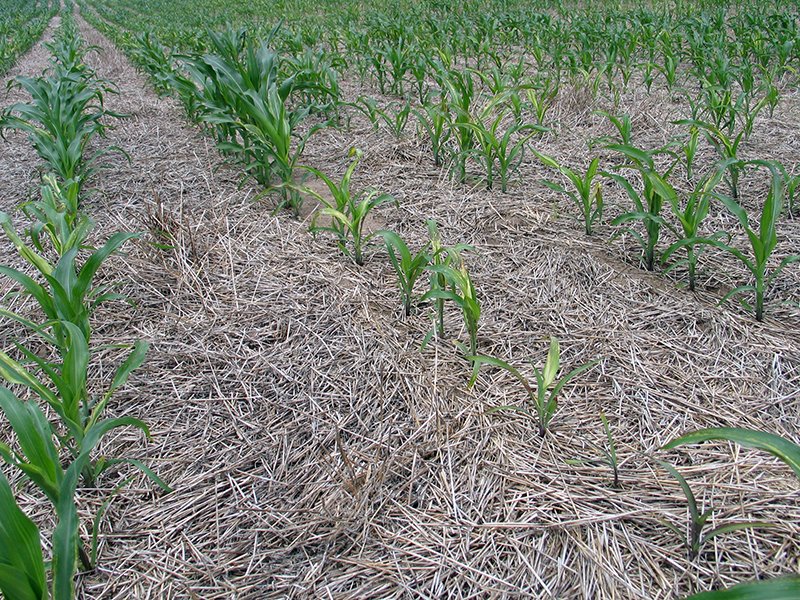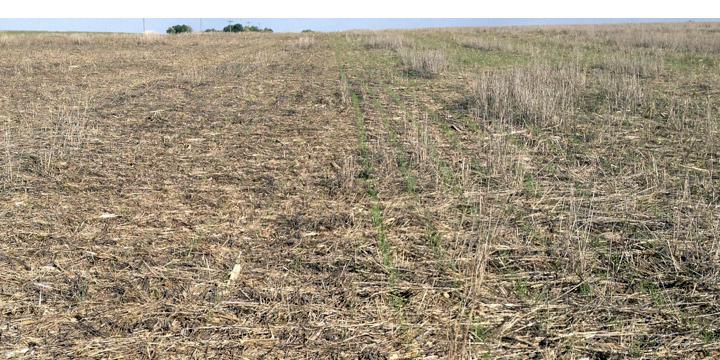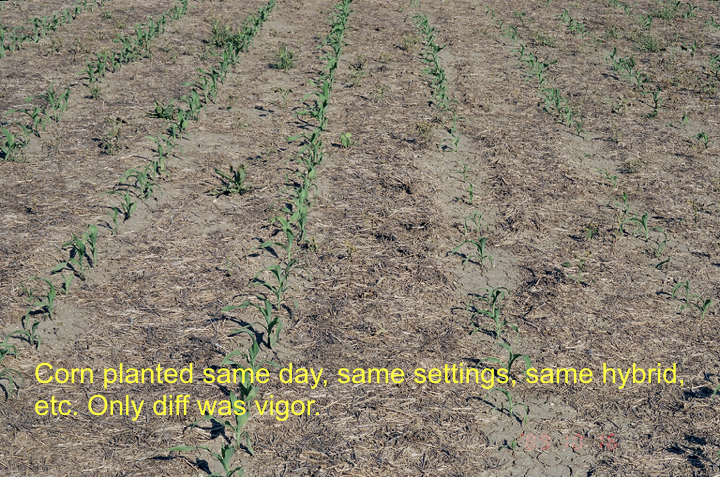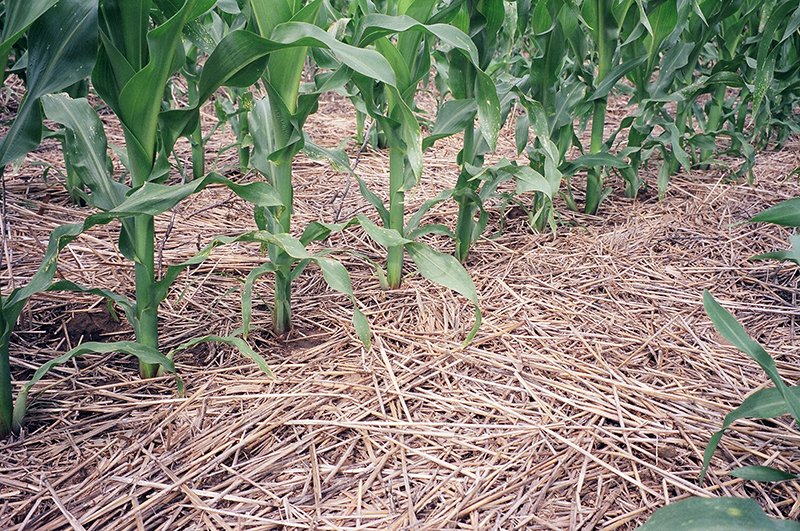You’ve probably often heard of the importance of uniform timing of emergence, which has been well-proven to be much more important to yield than uniform spacing of plants in the row. This is true for all crops, but especially for corn, sunflowers, and cotton. What is forgotten, or assumed, is that it’s not only necessary for these seedlings to emerge at the same time as their neighbors (within 24 hours), but that they must continue growing at the same rate to maximize yield.
We hope that you’re well on your way to uniform timing of emergence (most of our products and information are geared towards this), but here are a few things to think about to keep those seedlings growing at the same rate as their neighbors.
1) No nutrient shortages. Let’s face it, soils are variable—you cannot get the same soil-test readings taking 12 cores (Sample #1) and then moving over 12 – 16 inches and taking 12 more (Sample #2). So long as you’re in the adequate range, this variation doesn’t matter. But if you’re bordering on deficient, then those small-scale variations suddenly become hugely important! Zinc for corn is a common one that may cause variation in growth rate (see photo). Also, when soils are cold and wet, P and K are less available, so you could have variation in growth rate from this (which is why you want mulch cover to be reasonably uniform down the length of row). This is a good reason to wait until the soil is plenty warm enough for rapid germination and emergence (choose a shorter maturity if your season is short).

These plants emerged at the same time, but now there’s huge disparities in size due to zinc deficiency that varies along the length of row. A severe case here and the crop is ruined, but a good visual of what mild deficiencies can do to mess up what really needs to be a uniform growth rate.
When soil nutrient levels are borderline, consider applying fertilizers such that the nutrients will be positioned to be available to the small seedlings. This may mean using N, P, K, Zn, and Cu in a pop-up fertilizer. It may mean spraying boron (B) on preplant or pre-emerge (you need to have infiltrating water on B for root uptake; foliar B is useless on grass crops). And don’t forget about supplying plenty of sulfur (S), especially for no-till wheat.
2) Seed vigor. If seed vigor is low (see our newsletter on this), there will be many weak seeds that produce runt plants. Take delivery of your seed a month early and send samples off to one of the top labs (SGS-Brookings, or SoDak Labs) in North America for Cold Germ and Accelerated Aging (AA) testing.

Drilled same day, same settings. Left is a variety/seed lot with low vigor, while RH was high-vigor seed. (These two varieties would normally emerge at the same time from this depth.)

3) Sub-lethal disease, insects, nematodes. Low-vigor seed is particularly susceptible, but even strong seeds can get dinked up by disease invasion. This commonly occurs in corn, where some seedlings start losing their seminal roots and mesocotyl before other seedlings lose theirs. Strongly invasive diseases such as Pythium often open the door for weak pathogens such as Fusarium. The same is true for pathogenic nematodes getting root diseases started. And, of course, wireworms may take out the mesocotyl on some corn seedlings prematurely. The best line of defense against all of these is appropriate seed treatments, but if pressure is heavy, a well-chosen product squirted along the length of row is valuable. Diseases are another reason to wait until soils are warm enough, so the crop isn’t slow and stressed, making it more vulnerable.
As for seed treatments, which ones are chosen is obviously important. Metalaxyl/mefenoxam is crucial to suppress Pythium (except where Pythium resistance to this chemistry has developed). Treatments containing Proline are often helpful in slowing Fusarium infections.
If you’re doing a stacked crop (e.g., corn on corn, milo on milo, or wheat on wheat), try to split the old rows to reduce disease pressure. On years where we have winterkill problems in stacked (2d-yr) winter wheat, it often dies primarily where the new row crosses the old row—giving you an idea of just how much of a role disease plays (it’s not furrow closing, nor seed depth).
If you’re doing cover crops, choose those species carefully so they’re not carrying diseases into your cash crops, and try to end up with some semblance of uniformity of cover after these die—again, by choosing a proper mix. And, in order to have some semblance of uniformity of biology belowground, it may be beneficial to use high enough seeding rates of one cover-crop species so that there’s one of those plants growing on nearly every square foot—at least if the following cash crop is one that’s planted at relatively low populations, such as corn, cotton, or sunflowers.
4) Avoid injury. Don’t apply risky amounts of fertilizer in the seed row (too much ‘salt’). Be conservative. And never apply any type of thiosulfate in the seed row. Boron in the seed row is also much too risky (safe rates are miniscule; better to apply B some other way). You must also be careful with Cu—apply Cu uniformly, and at safe rates.

5) Uniform soil density. This one is tricky. In a perfect world, we’d never have any runoff, and farm sizes and crop mixes would never change, and we’d all do controlled traffic. Unfortunately, many places need to randomize traffic in permanent no-till to prevent gullies from forming in the traffic lanes. The next-best thing is to get your tires upsized enough that you can run very low inflation pressures to minimize the damage.

This is your goal—every plant identical in size to its neighbors. This crop was planted using Exapta methods & products, and didn’t have any rain on it until the V2/V3 stage.
6) Growth-promoting compounds. Hormones and other substances that stimulate growth are sometimes placed in the seed row (in a uniform liquid stream) or on the seed. There are dozens of these on the market, and field results are terribly inconsistent.
